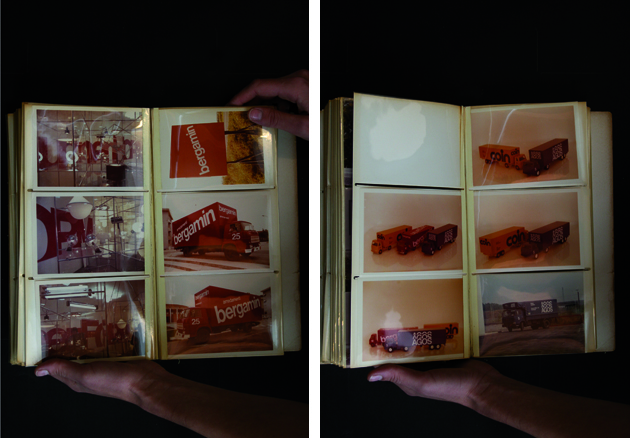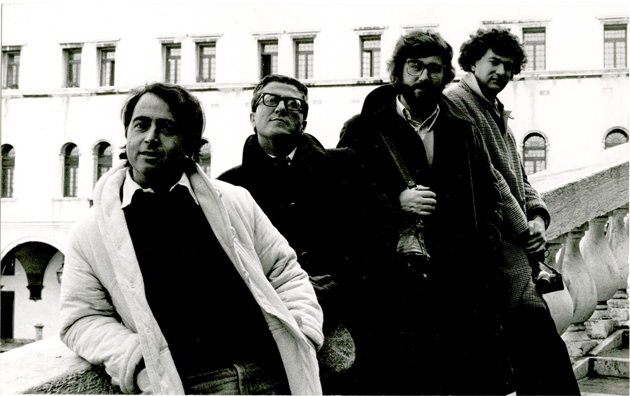
The history of modernist graphic design in Italy is usually remembered through the work of designers like Massimo Vignelli, Bob Noorda or Max Huber, whose clean lines, bold imagery and timeless style left a profound mark on the culture of design. Nevertheless, Italian modernist design history conceals a far more rich scenario, populated by personalities like Giulio Cittato, whose story is, unfortunately, often overlooked.
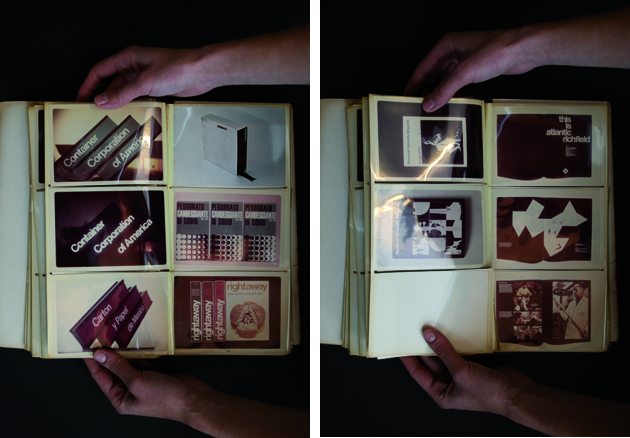
Giulio Cittato’s first encounter with the design world begins in Venice, his hometown, in the 1960s, as a student in Industrial Design. One of his notable professors, who would become his mentor, confidant and, most of all, a dear friend, was Massimo Vignelli. Vignelli describes young Cittato as an extremely passionate and dedicated designer, completely absorbed by modernist design’s theoretical premises and practical approach. Vignelli writes about Cittato’s work: “As his teacher, I was particularly happy to correct and guide his work, since he was passionate about the approach towards design I was trying to transmit. He understood, shared and absorbed our visual language and thoughts, elaborating on that same language in his own personal way, while, at the same time, eliminating the unnecessary kitsch.”
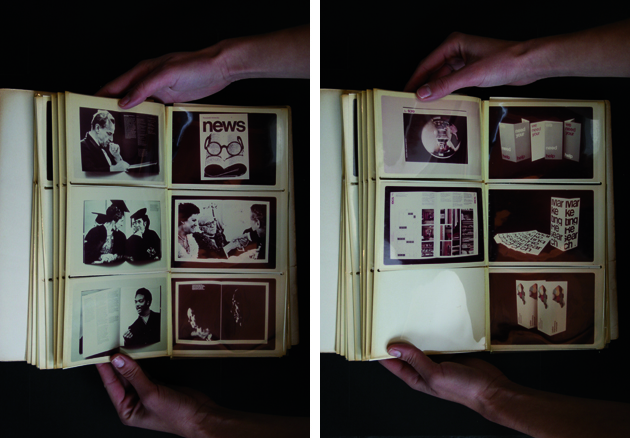
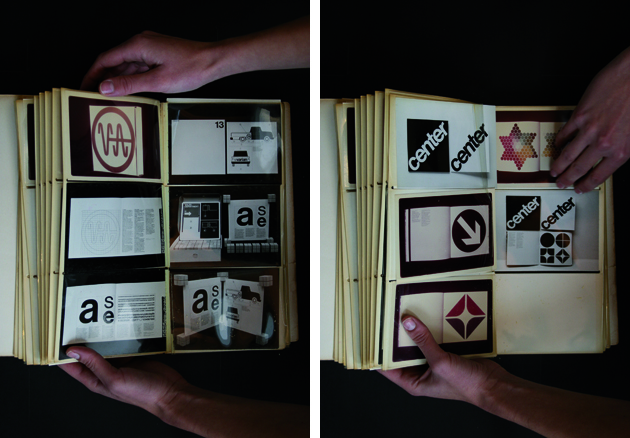
After Cittato’s graduation, it was Vignelli who offered him a place at Unimark International’s offices in Chicago, where his visual language, philosophy and methodology would be marked by the studio’s bold intention to subvert the rules of the US corporate market by introducing design projects which would be honest, objective, informative and clear. It was 1970 and from that moment on Giulio would create some of his most memorable designs, among which the visual identity projects for companies like Bergamin, Coin, CCA, Varian Electronics, Agos, and ACTV would always stand out. It was the visual identity and signage project for ACTV, the Venetian public transport company, which would crown Cittato as one of the most significant Italian designers. In a particularly difficult context – such as the Venetian lagoon, with is peculiar dynamics and needs – Cittato, inspired by the work of his mentors Vignelli and Noorda, created a system which remained largely in use until only a couple of years ago.
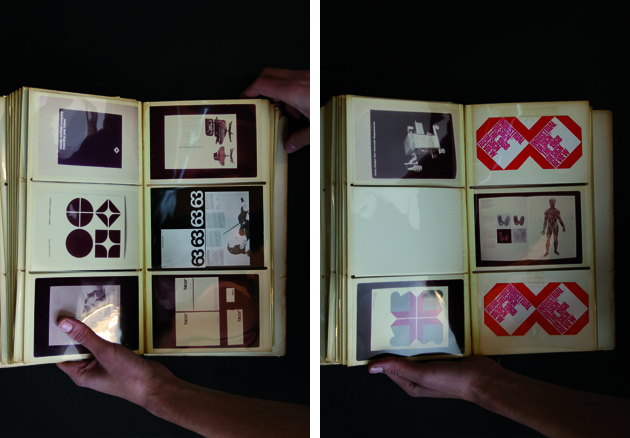
Unfortunately, Giulio Cittato’s talent remains largely undiscovered today, mostly due to his short career, abruptly interrupted by premature death. Vignelli wrote about the loss of his student and friend: “Giulio Cittato was pervaded by an extraordinary enthusiasm, by an infinite will to work, to throw himself into important projects, to confront his work with that of the most talented international designers. I have thought more than once that Giulio was destined to empty all his knowledge, his life and his energy at once, quickly, with endless vehemence and talent. Sometimes I think of him as Tancredi, the great Venetian artist who died young, too, depriving us of his talent forever. Cittato is undoubtedly the greatest loss for our profession in Italy, and we are reminded of the intensity of his extraordinary life, that profoundly hurts today as ever.”
